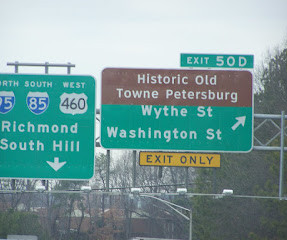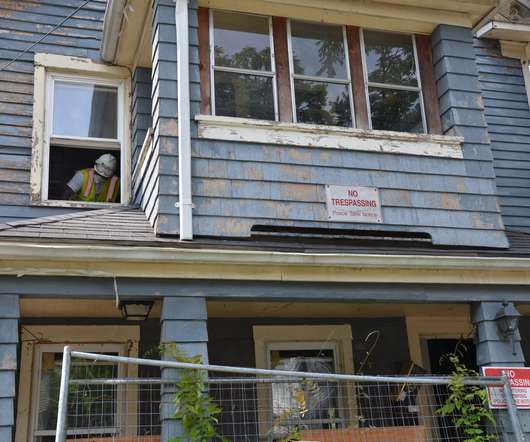A History of Ohio Land Banking 2009–2021: From Legislation to Operation
Center for Community Progress
JUNE 6, 2022
At the height of the foreclosure crisis post-2008, a group of elected officials, community development practitioners, and lawyers came together to craft a strategy to respond to the hemorrhaging real estate market in Ohio. In 2006, the Ohio General Assembly passed this legislation. Everything seemed to work as planned—until 2008.











Let's personalize your content